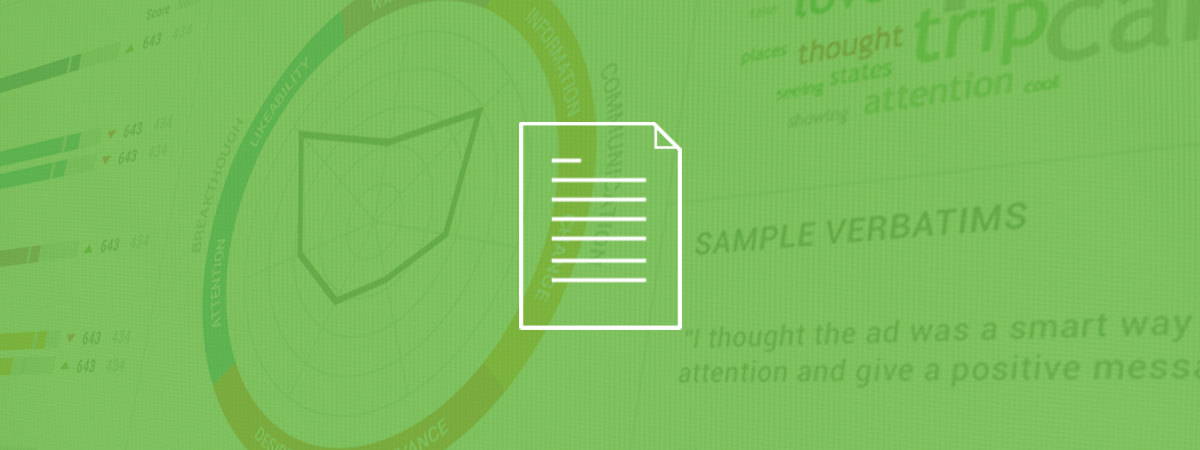Author
Peter Daboll
Ace Metrix via Forbes CMO Network
Peter Daboll, Ace Metrix via Forbes CMO Network
Congrats to the Ravens and the Clydedales, crowned Super Bowl champions.Budweiser’s ad triumph on Super Bowl Sunday led to more than 10 million YouTube views for the spot, and growing. Yes, animals play well with the American Super Bowl-viewing audience. But more important, noting my pre-Super Bowl commentary, this year’s flight of Super Bowl winning and losing ads really proves the point that no amount of social flogging, shocking use of celebrities, or sexy bodies can take the place of great, old-fashioned creative, authentic, emotive story-telling, and/or hilarious (not disgusting!) vignettes that appeal to everyone. The social media tail is clearly not yet wagging the dog.
So What Have We Learned?
- Animals work. The Clydesdale was just so touching, and the story wrapped around him tugged at the heartstrings, appealing to Americans across the board. This ability to appeal to a mass audience is the hallmark of a brilliant Super Bowl ad. And this story was not overly sentimental or corny, and it delivered authenticity. Bravo, Budweiser and welcome back! Doritos’ goat was not as cute, but it was funny, winning them the No. 4 spot among most effective ads, and Skechers once again effectively used animals and humor to achieve a spot on the Top 10 list. Of course just adding an animal to a bad story won’t work. But it is worth noting that animals are more appealing to more people than people are.
- To that end, mass audience=good; narrow audience=bad. If you want to target a narrow audience, find some late-night cable show that appeals to that group—NOT the Super Bowl. Calvin Klein could have learned from H&M’s David Beckham mistake of last year, which appealed to neither males or females. Whatever they were trying to achieve just didn’t work—to use the words of one of our Ace Metrix female respondents from the South, “the body-building, over-tanned, photo-shopped looking model [who] looks abnormally sculpted and shaped…just moving around in his underwear flexing his muscles didn’t really sell the product to me.” And if demographically polarizing doesn’t work, how about the theory that producing an ad that everyone hates will win the Super Bowl? Enter the perennial culprit GoDaddy. A blank screen with GoDaddy’s logo would have been just as effective as their Bar Rafaeli/nerd kissing spot, which American consumers described as “gross,” “uncomfortable” and “disgusting.” Poor Bar is now seriously assessing her career choices, while one Midwest male age 36-49 said, “What are you selling? Fire your marketing team! You are wasting TIME and MONEY on them.” This ad, in spite of its high “attention” scores, was the second-lowest Ace-Scoring ad of the Super Bowl. This type of attention is akin to the SPAM offer of Nigerian lottery winnings, putting a naked woman on the screen or watching a car crash on the side of the highway…wait, perhaps a future GoDaddy sponsorship opp? Compared to the Budweiser spot, this gross spot has generated a measly 1.2 million views on YouTube .
- The 2013 Super Bowl was also marked by serious social experimentation that didn’t quite make the mark. Case in point, Coca-Cola’s simple but effective “Security Camera” ad outperformed its elaborate “Coke Chase” social-media experiment, and Milk beat out everyone through its cute, creative action vignette featuring The Rock. We forget that 110 million people watch the ads, but only a small fraction actually care and participate in the prequel activity such as the “Chase.” Yet, remember the Polar bears? They engaged everyone. To further this point, Lincoln’s attempt at getting consumers to “steer the script” led to its bottom-of–the-list ranking in the automotive category. Twitter and Jimmy Fallon steered the ad into the lake. What did work? Well, their agency-produced spot performed much better with viewers as did Mercedes’ clever story of a guy considering a deal with the devil, as well as Jeep’s sentimental tribute to the troops with a voice-over by Oprah Winfrey.
- Long-form ads for the Super Bowl have their challenges. When I watched the winning Budweiser ad, I thought it was 30 seconds, when it actually was a minute. It was that good. But watching a two-minute ad is a challenge for the Super Bowl audience. At $130,000 per second, you want high attention scores throughout. But take the Paul Harvey Chrysler/RAM spot: Viewers under 30 thought is was just too LONG, and, wondered one viewer, “did God create an ENDING?”
Winners or losers, the Super Bowl is the pinnacle of advertising’s creative achievement. So here’s to all the participants in this year’s creative Super Bowl—the most talented people in their craft. More important, here’s to next year’s crop of risk takers, creative believers and storytellers who we hope will engage us, push us to respond and drive their clients’ brand performance.
To read the original article, visit Forbes.
